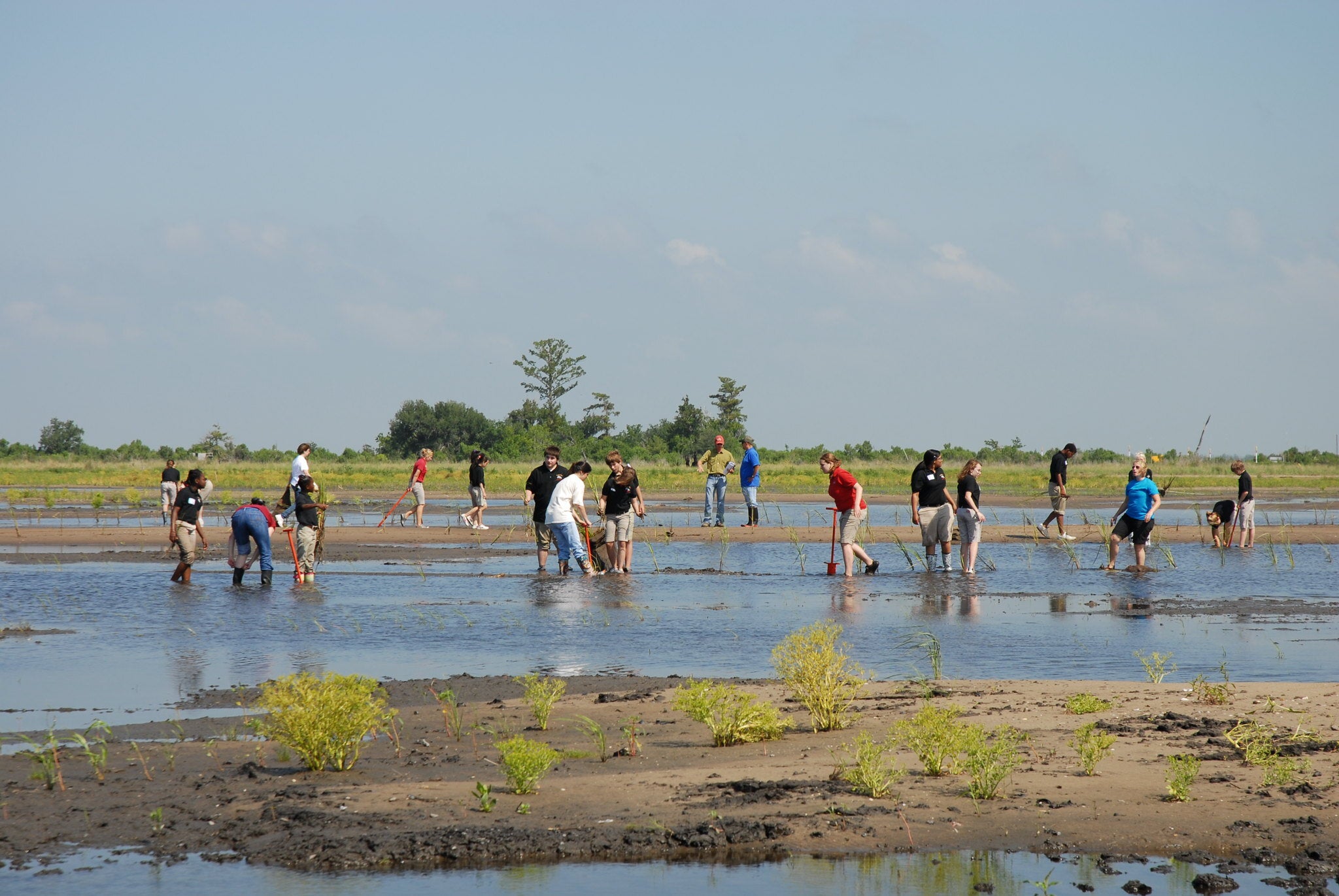Many major banks have set targets to reduce financed greenhouse gas emissions in their loan portfolios to zero by 2050 (also known as net zero targets). They join a growing movement of companies throughout the agricultural supply chain to set ambitious targets to reach net zero by 2050 to prevent the most severe impacts from climate change.
The Banking for Impact on Climate in Agriculture (B4ICA) initiative recently published “An introductory guide for net zero target setting for farm-based agricultural emissions” that shares best practices for banks to set net zero GHG emissions targets for their agricultural loan portfolios. The guidance helps banks setting agricultural sector emissions reduction targets as part of their commitments to the Net Zero Banking Alliance — an alliance of 122 banks representing 40% of global bank assets that have committed to aligning their assets with net zero GHG emissions by 2050 or sooner. Read More












